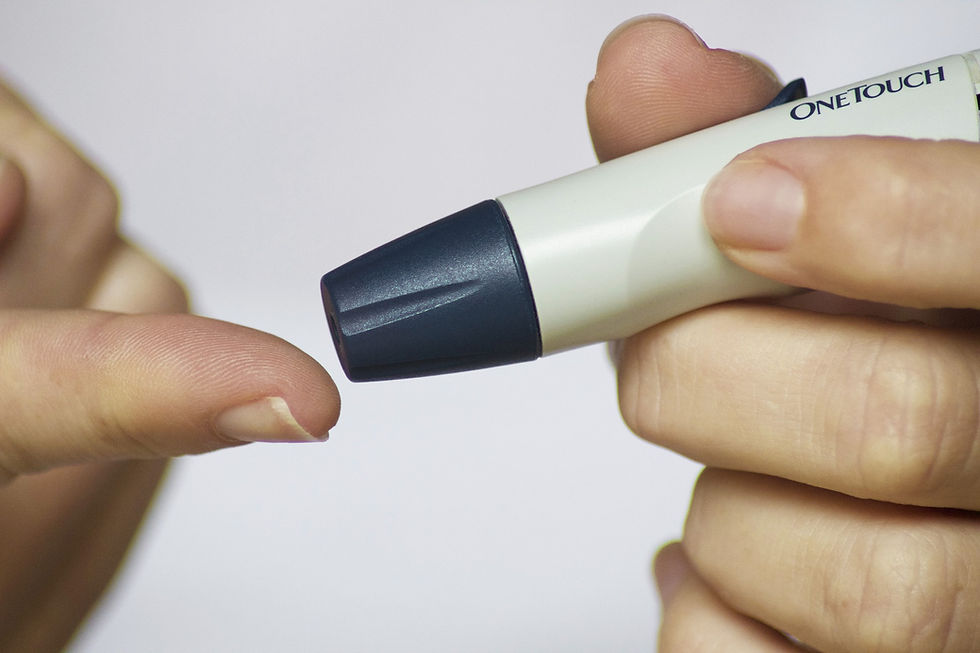Accelerate Your Workout Recovery: Tips for Optimal Healing
- Deepa Bhat
- Mar 21, 2024
- 3 min read
Updated: Mar 28, 2024
What happens when you workout? When you work out, your body’s sympathetic nervous system spikes hormones that increases heart rate, quickens breathing, blood flow to the muscles increase and mobilizes glucose or energy. Your body is in a fight mode.

After you finish your workout, it takes your body, some time, to recover to its ‘rest’ mode. The sympathetic nervous system is still switched off, which means, you continue to drain energy.

Are you feeling sore, fatigued, or sluggish after your workouts?
Accelerate Your Workout Recovery - Tips for Optimal Heal
Accelerating your recovery is key for optimal healing to maximizing your fitness gains and feeling your best. Here are some effective strategies to help you bounce back faster and stronger and Accelerate Your Workout Recovery:
Hydrate, hydrate, hydrate: Proper hydration is essential for supporting your body's recovery processes. Drink plenty of water before, during, and after your workouts to replenish lost fluids and promote optimal muscle function.
Prioritize nutrition: Fuel your body with nutrient-rich foods that provide essential vitamins, minerals, and antioxidants to support muscle repair and growth. Include lean proteins, complex carbohydrates, healthy fats, and plenty of fruits and vegetables in your post-workout meals and snacks.
Get enough sleep: Quality sleep is crucial for muscle recovery and overall recovery. Aim for 7-9 hours of uninterrupted sleep each night to allow your body to repair and regenerate tissues, balance hormones, and recharge your energy levels.
Incorporate active recovery: Light exercise, such as walking, swimming, or yoga, can help increase blood flow to your muscles, reduce stiffness, and promote recovery without causing additional stress on your body.
Practice self-care: Take time to rest and relax your body and mind. Consider incorporating techniques such as foam rolling, stretching, massage, or meditation into your routine to reduce muscle tension, improve flexibility, and promote relaxation.
Listen to your body: Pay attention to any signs of fatigue, pain, or overtraining, and adjust your workout intensity or duration accordingly. Rest when needed to prevent injury and avoid burnout.
By implementing these recovery strategies into your routine, you can support your body's natural healing processes and accelerate your progress towards your fitness goals. Remember, recovery is just as important as exercise itself, so prioritize taking care of yourself both in and out of the gym.
Breathing Technique: Accelerate Your Workout Recovery
There is a good recovery way by which you can get in control of your breathing and recover fast.
How to do:
Lie down in a relaxed manner. Allow your full body to relax. Place one hand on your chest and one just above your naval. Take a deep breath in through your nose, and let your belly push your hand out. Your chest should not move.Breathe in with your nose and breathes out from pursed lips.
1) Breathe in through your nose for count of 4 sec
2) Hold Breath for 7 seconds
3) Breathe out through pursed lips in 8 seconds. Try to get all the air out of your lungs by the time you count 8.
4) Repeat 10 rounds

Benefits of this:
By gaining conscious control of your breathing and slowing it down, you will more quickly shift the body back to “rest & digest” mode. This means that less energy is wasted and more energy is directed towards repairing and rebuilding your body.
It’s very simple, takes no time at all and it will accelerate your recovery.



Comments